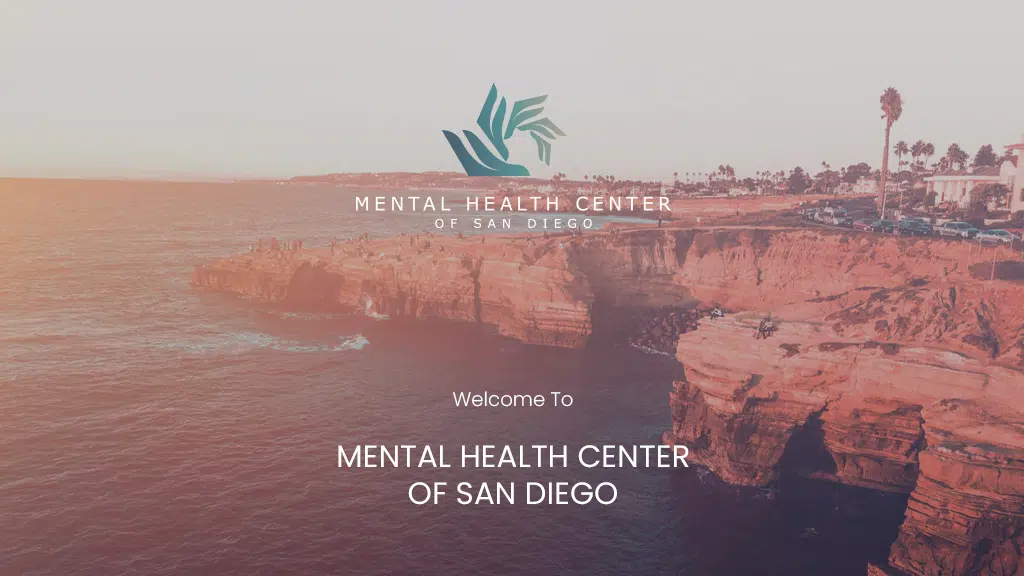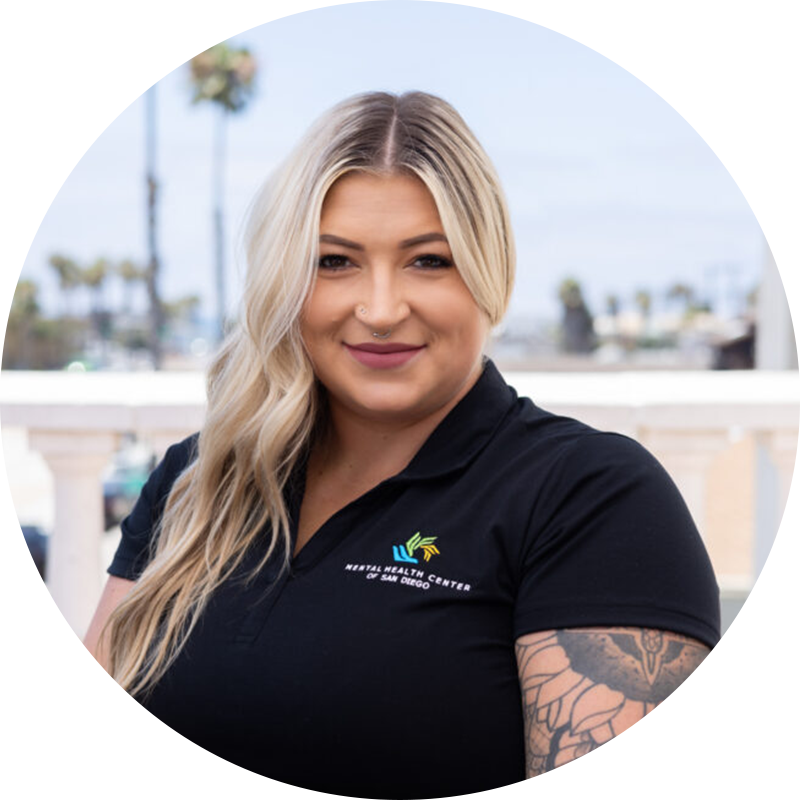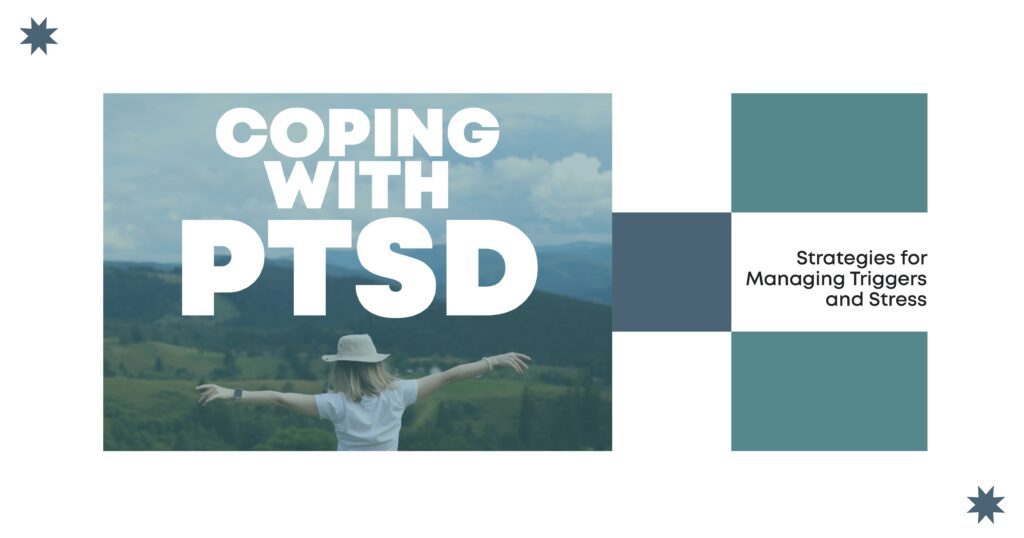Living with PTSD can be overwhelming; little things like sounds, places, memories, and even objects can suddenly bring back memories from a traumatic past, making it hard to stay composed. These reactions are called triggers, and they’re a common part of the condition, but they don’t have to take control of your life.
With the right strategies and support, you can easily manage your symptoms and understand your triggers, which will help you stay in control of your emotions. This article offers simple and practical strategies that can help you cope with PTSD and begin the journey toward healing.
Recognizing Common PTSD Triggers and Stress Responses
You probably already know this, but it’s worth stating: anyone can develop PTSD. It doesn’t make you weak. It just means you experienced something deeply distressing. The way PTSD shows up, though, can be different for everyone, which is why understanding your personal triggers is one of the first major steps in recovery.
So, what’s a trigger? It’s anything (internal or external) that throws you back into that overwhelming emotional or physical reaction. You might not even expect it. This can range from a scent, a voice, or a certain time of year. Once your trigger appears, it’s suddenly like you’re back in that moment.
Common Types Of PTSD Triggers
They come in many forms. Not all are obvious. Some might creep in unexpectedly. Let’s break them into three general types:
Sensory Triggers
| Different Types of Sensory Triggers | Description |
| Sounds | Sirens, loud bangs, or even someone raising their voice might resemble the soundscape of a traumatic event. |
| Smells | Scents like smoke, alcohol, or certain perfumes can bring back vivid memories. |
| Visual | Lights, colors, or settings similar to the trauma location can act like visual flashbacks. |
| Touch | A sudden tap, a firm grip. Some physical sensations can bring everything rushing back |
Emotional Triggers
| Different Types of Emotional Triggers | Description |
| Feeling of Fear, Helplessness, or Anger | Emotional states tied to the trauma can resurface in new situations. |
| Anniversaries | Important dates, like the day the trauma occurred. This can unexpectedly open emotional wounds. |
Situational Triggers
| Different Types of Situational Triggers | Description |
| Being In a Crowded or Enclosed Space | Crowded or tight places might resemble trauma scenes. |
| Being Alone | Feeling isolated can bring on old fears or stir up emotional instability. |
Common Stress Responses
Once you’re triggered, your body doesn’t wait; it reacts. It goes into “fight, flight, or freeze” mode. It does this because your brain is trying to protect you, even when the threat isn’t real anymore.
Here’s what that might look like:
- Fast heartbeat or tight chest
- Trouble breathing (like panic attacks)
- Sweaty palms or chills
- Shaking or body tension
- Flashbacks – vivid and distressing
- Sleeplessness or bad dreams
- Irritability or snapping at others
- General anxiety
Learning what sets you off, and what your body does when it happens, is half the battle. Once you see it, you can start doing something about it.
Mental Health Center of San Diego
Coping Strategies for PTSD That Actually Help
Coping with PTSD is learning how to live fully while carrying what happened to you. It’s not an easy task, but there are real, practical tools that can help. It doesn’t happen overnight, but you’ll get there.
Some people find a mix of these works best. Don’t worry if one strategy doesn’t click for you; another might.
Here are a few that many have found genuinely helpful when it comes to building coping skills for PTSD:
- Grounding
- Deep Breathing & Relaxation
- Simple Routines
- Movement/Exercise
- Human connection
- Therapy (This really works)
To deal with PTSD, you don’t have to be perfect. You just need to keep showing up for yourself.
Grounding, Reframing, and Daily Routines
Sometimes, when you’re triggered, the world spins out of control, and fast. That’s where grounding and reframing step in.
| Coping Strategies | Descriptions |
| Grounding | This helps you pull your focus back to the present. You might name five things you can see, four you can touch, three you can hear. This will help you stay in the present. |
| Reframing | PTSD skews your thoughts. Reframing helps you challenge those harsh, automatic beliefs and replace them with more balanced ones. |
| Daily Routines | A structured, predictable day helps give your mind something steady to rely on. Doesn’t have to be strict, just consistent. |
These coping mechanisms for PTSD may seem simple, but over time, they create safety and calm.
Can PTSD Be Managed Without Medication?
Yes, PTSD can be managed without medication. And for many, it’s their preferred route.
That’s not to say medications aren’t useful. Some people want to try alternatives first. And that’s fine.
What helps most is combining multiple supports. Things like:
- Therapy (more on this in a bit)
- Grounding and mindfulness
- Healthy eating, rest, and movement
- Supportive, informed social circles
Basically, a whole-person approach that gives your brain and body what they need to reset.
Exploring Natural and Therapeutic Alternatives
Natural remedies often get dismissed, but they work for a lot of people. Here are some coping strategies for PTSD that are rooted in mind-body wellness:
- Talk therapy with someone trauma-informed
- Acupuncture (some people swear by it)
- Yoga or gentle movement that reconnects you to your body
- Breathing exercises – they calm the nervous system
- Journaling – just write without filtering
- Thought reframing – interrupt those negative spirals
Try things out. See what feels safe. Healing isn’t one-size-fits-all.
Mental Health Center of San Diego
The Role of Therapy in Healing Trauma
Therapy has evolved beyond simply lying on a couch and talking about your past. When you’re dealing with how to cope with PTSD, therapy becomes a safe zone. It’s a place where it’s okay to not be okay, and where you’re guided toward healing at your own pace.
What therapy really does is help you unpack everything. Those buried thoughts, emotions you avoid, memories you try to suppress. It helps you face things safely. And over time, it teaches you how to respond differently when those memories pop up.
There are several forms of therapy out there, and they each bring something useful to the table. Let’s go through some of the most well-known and effective ones.
What Works: EMDR, CBT, and Exposure Therapy
These are widely used in PTSD treatment, and for good reason; they help rewire the brain’s reaction to trauma.
| Types of Therapy | Description |
| Eye Movement Desensitization and Reprocessing (EMDR) | Sounds complex, but the idea is simple. It uses eye movements or taps to help your brain process traumatic memories in a more manageable way. You revisit the memory, but in a safe setting, so your brain learns that you’re not in danger anymore. |
| Cognitive Behavioral Therapy (CBT) | One of the most common methods. It helps you identify the thoughts that are keeping you in the past and causing triggers. |
| Exposure Therapy | Instead of avoiding what scares you, this approach gently and gradually exposes you to it. Not to traumatize you, but to help you learn that you’re safe now, and that the fear doesn’t have to rule your life. |
Therapy is one of the most effective coping mechanisms for PTSD because it not only soothes the symptoms but also gets to the root of the problem.
When Flashbacks, Nightmares, or Panic Feel Unmanageable
Some days are harder than others. You might wake up in a panic, or suddenly feel like you’re not in your own body. Nightmares might steal your sleep, and flashbacks might hit when you least expect them.
When these moments happen, remember this: you’re not broken. You’re having a normal reaction to an abnormal experience.
Here’s what you can do in the moment:
- Close your eyes (if it’s safe) and breathe slowly. In through the nose, out through the mouth
- Name five things you can see. Four things you can touch. Three, you can hear. It grounds you
- Try picturing a safe place – real or imagined. Feel the details
- If it’s still too much, it’s okay to call someone you trust or reach out to a professional
Don’t wait until it becomes unbearable. Reach out early. And remind yourself: this doesn’t define you
You Don’t Have to Cope Alone – The Mental Health Center of San Diego Is Here to Help
You. Are. Not. Alone. Coping with PTSD can feel isolating. Like, no one gets it. But thousands of people are right there with you, and better yet, trained professionals want to walk through it with you.
Contact the Mental Health Center of San Diego to learn how to manage triggers and stress. Our team uses evidence-based methods, personalized care, and real human compassion to help you take back your peace. No judgment. Just help. And healing.
Mental Health Center of San Diego
FAQs
What are the symptoms of PTSD?
They vary a lot. But some of the most common include flashbacks, nightmares, panic attacks, sudden irritability, insomnia, and a deep feeling of emotional disconnection.
How do you cope with PTSD triggers?
There are many approaches. Some use grounding or reframing, others lean into therapy or holistic methods like yoga or acupuncture. The goal is to find what helps you stay calm and present.
Can PTSD be treated without medication?
Absolutely. A lot of people manage their PTSD symptoms through therapy, breathwork, journaling, and consistent lifestyle shifts. Coping skills for PTSD don’t always involve medications.
What therapy is best for PTSD?
The top three most researched options are CBT, EMDR, and Exposure Therapy. Each offers a different path to recovery, and what works depends on your comfort level and history.
Can PTSD go away on its own?
In some milder cases, symptoms may ease with time. But for many, it lingers. That’s why getting support early, through therapy, peer groups, or professional care, makes a big difference.









